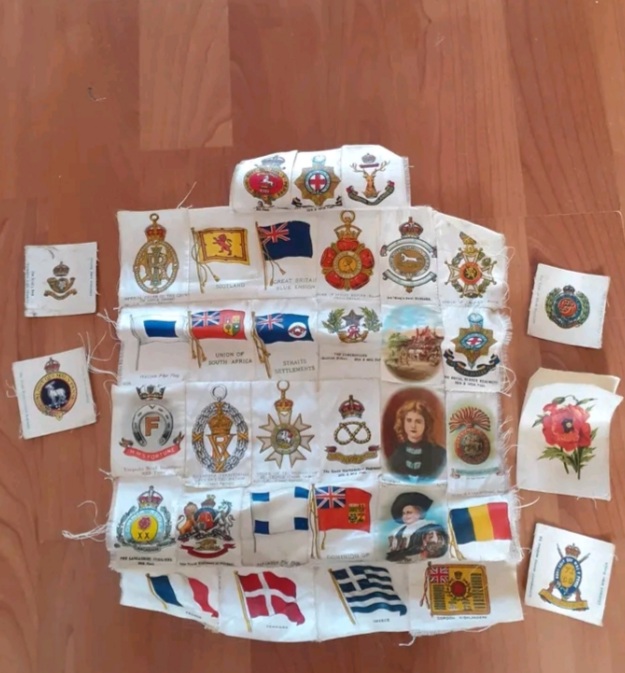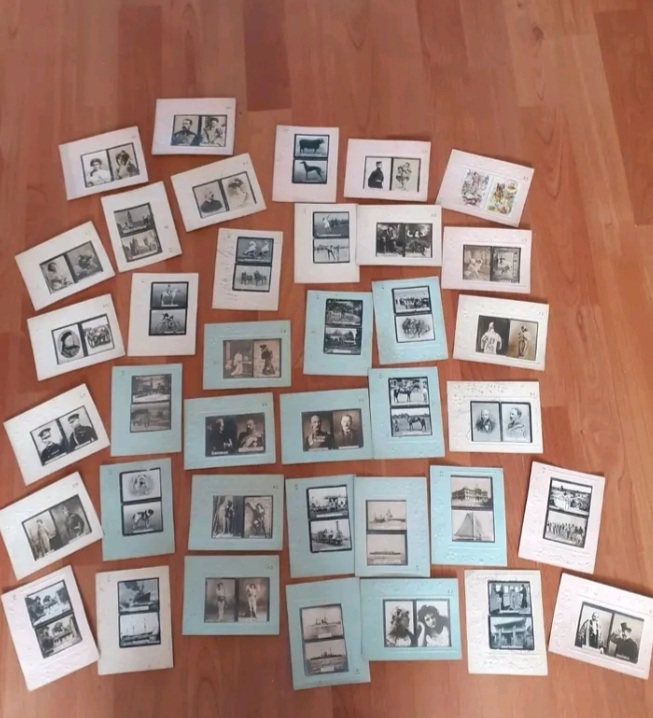The Origins of Cigarette Cards
The history of cigarette cards dates back to the late 19th century when the popularity of cigarette smoking began to rise. Initially, cigarettes were sold in plain packages without any additional promotional materials. However, in an effort to boost sales and attract customers, tobacco companies began inserting small, illustrated cards into their cigarette packs.
These early cigarette cards were simple and usually depicted famous actors, actresses, or sports personalities. They were printed on thin cardboard and served as a way to differentiate one brand from another. Collecting these cards became a popular pastime, and people would often trade or exchange cards to complete sets.
The Golden Age of Cigarette Cards
The late 19th and early 20th centuries marked the golden age of cigarette cards. Tobacco companies recognized the immense marketing potential of these cards and started producing them in larger quantities. The subjects of the cards expanded beyond celebrities and sports figures to encompass a wide range of themes, including animals, flowers, historical events, and even educational content.
Cigarette cards became highly sought after, and companies employed various techniques to encourage collection. Some issued cards in series, where collectors would need to obtain multiple packs to complete a set. Others organized competitions or offered rewards for completing sets, further fuelling the craze. The cards were often beautifully illustrated and provided valuable glimpses into the cultural, social, and historical aspects of the time.


War and the Evolution of Cigarette Cards
The outbreak of World War I had a significant impact on the production and distribution of cigarette cards. With resources redirected towards the war effort, tobacco companies faced constraints in producing elaborate sets of cards. Instead, many turned their attention to patriotic themes, producing cards that depicted war heroes, military equipment, and scenes from the frontlines.
During this period, cigarette cards also served as a medium for propaganda and raising funds for war-related causes. Some sets were issued to support organizations like the Red Cross, while others were used to promote war bonds or boost morale among the troops. The war years marked a shift in the content and purpose of cigarette cards, reflecting the changing times.
Decline and Legacy of Cigarette Cards
Following World War II, the popularity of cigarette cards began to decline. Changes in tobacco advertising regulations and the rise of television as a dominant medium for marketing contributed to this decline. Moreover, concerns over the health risks associated with smoking led to increased scrutiny of tobacco companies and their promotional practices.
However, despite their waning popularity, cigarette cards left a lasting legacy. Many collectors continued to cherish and trade their existing collections, while others turned to auction houses and specialized dealers to acquire rare or valuable cards. Today, cigarette cards are highly valued as historical artifacts, providing glimpses into the past and serving as a reminder of a bygone era.
In conclusion, the history of cigarette cards spans several chapters, from their humble beginnings as simple promotional items to their status as collectible treasures. These cards not only reflected the changing tastes and interests of society but also served as a visual documentation of the times in which they were produced.
Where to find us
Wildcard Curiosities is based in Freemen’s Common Antique Centre, 8 Counting House Road, Leicester, LE2 7LT.
The centre is open from Tuesday – Friday 10am-4pm Saturday 10am-5pm and Sunday 10am-4pm.
There is a café and toilets on site
Online we can be found via the below link.
